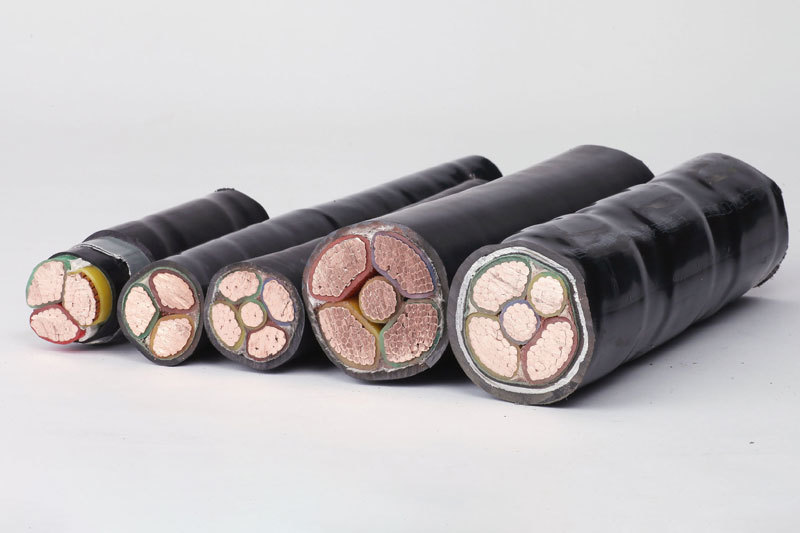Different of flame retardant cable, halogen free cable, fire resistant cable

The difference between flame retardant cable, halogen free cable and fire resistant cable:
The characteristic of flame retardant cable is to delay the spread of flame along the cable so that the fire will not expand. Whether it is a single cable or a bundle of laying conditions, the cable is known to burn when the spread of the flame can be controlled within a certain range, so you can avoid the fire caused by the major disasters, thereby improving the fire level of the cable line.
2, halogen-free low smoke flame retardant cable is characterized by not only has good flame retardant properties, but also constitute the low smoke halogen-free cable material does not contain halogen, low corrosion and toxicity during combustion, resulting in a very small amount of smoke, thereby reducing the damage to people, instruments, equipment, is conducive to timely rescue in the event of a fire, although it has good flame retardancy, corrosion resistance, very little smoke concentration.
3, fire-resistant cable is in the case of flame combustion can maintain a certain period of normal operation, can maintain the integrity of the line. Fire-resistant cables produce less acid gas smoke during combustion, and their fire-resistant and flame-retardant properties are greatly improved. Especially when burning, accompanied by water spray and mechanical blow, the cable can still maintain the complete operation of the line.
Some electrical designers on the concept of flame retardant cable and fire-resistant cable is not clear, the structure and characteristics of the two do not understand, resulting in the power supply requirements can not be correctly designed to choose these two kinds of cable, in the field design agent or supervision work can not correctly guide the laying of these two kinds of cable construction.
1, flame retardant cable is what?
Flame-retardant cable refers to: under the specified test conditions, the sample is burned, after the removal of the test fire source, the spread of the flame is only within a limited range, and the residual flame or residual burning can be extinguished within a limited time. Its fundamental characteristics are: in the case of fire may be burned out and can not run, but can prevent the spread of fire. In layman's terms, in case of a fire, the cable can limit the combustion to a local range, without spreading, keeping other equipment and avoiding greater losses.
2. Structural characteristics of flame retardant cable
The structure of the flame retardant cable is basically the same as that of the ordinary cable, except that the insulation layer, sheath, outer sheath and auxiliary materials (tape and filling) are all or partially made of flame retardant materials.
3. What is fire-resistant cable?
Fire-resistant cable refers to: under the specified test conditions, the sample is burned in the flame, in a certain period of time can still maintain the normal operation of the performance. Its fundamental characteristic is that the cable can still maintain the normal operation of the line for a period of time under burning conditions. Generally speaking, in case of fire, the cable will not burn at once and the circuit is safer.
4. Structural characteristics of fire-resistant cables
The structure of the fire-resistant cable is basically the same as that of the ordinary cable. The difference is that the conductor of the fire-resistant cable adopts copper conductor with good fire resistance (the melting point of copper is 1 083 ℃), and the fire-resistant layer is added between the conductor and the insulating layer. The refractory layer is formed by wrapping multiple layers of mica tape. Because the allowable working temperature of different mica tapes is quite different, the key to the fire resistance of the cable is the mica tape.
The main difference between fire-resistant cable and flame-retardant cable:
Therefore, the main difference between fire-resistant cables and flame-retardant cables is that fire-resistant cables can maintain normal power supply for a period of time when a fire occurs, while flame-retardant cables do not have this characteristic. This characteristic determines that fire-resistant cables play an important role in modern urban and industrial buildings.
Because once the fire occurs, the control, monitoring, guidance and alarm system power supply circuit must maintain normal operation. Therefore, the cable is mainly used in emergency power supply to the user's fire equipment, fire alarm equipment, ventilation and smoke exhaust equipment, guide lights, emergency power sockets, emergency elevators and other power supply circuits.
Key words:
Previous:
Share


